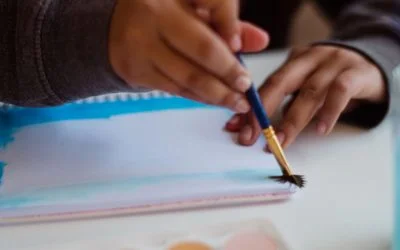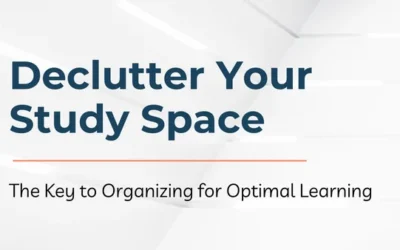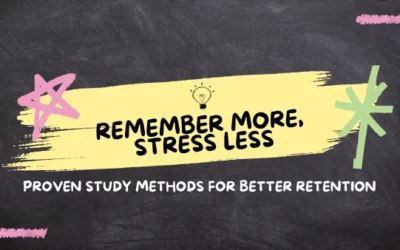Education is an important factor in shaping a nation. When countries don’t invest in education, they jeopardize their future and the ability to be competitive in today’s world. Pakistan is one such country that has been struggling with this problem for decades now. However, there’s hope on the horizon as many change-makers and education experts are stepping up to make a difference. This post will discuss some of the ways educators and students alike are making changes in Pakistan and where we need to go from here to reach our goals for educating Pakistan.
The Education System in Pakistan
Pakistan has a complicated education system that is deeply entrenched in poverty and a lack of resources. Education quality is poor at the primary level, where only about one-third of children attend school. The national literacy rate is low – 52% for men and 25% for women. Children are often forced to take jobs to help support their families instead of attending school. And teachers are paid very little, making them less inclined to work hard or stay in the profession for long periods of time.
But there’s hope! Earlier, Pädagogische Hochschule Freiburg (PHF) partnered with the state government to develop the first National Curriculum Framework (NCF) for Pakistani schools in 2000 – making quality education more accessible than ever before. They’ve also developed an online library with textbooks and lesson plans so teachers can continue learning no matter where they are in Pakistan. More Recently, Prime Minister Imran Khan’s governemnt introducted Signle National Curriculum (SNC) to bridge the educational gap between different classes. Although many experts have serious reservations over how the Single National Curriculum was developed and whether or not it can achieve its desired goals, many Pakistanis are still hopeful about a better tomorrow.
Pakistan’s Educational Crisis
Pakistan is considered to be one of the countries with the lowest literacy rates. The problem is not limited to rural areas, as 40% of Pakistanis living in urban areas are also illiterate.
Additionally, there’s a significant gap between girls and boys attending school. According to the Human Development Report (HDR), only 59% of Pakistani females are literate, while the number for males is 72%.
The reason for this gap can be attributed to societal norms that call for men to have more power over women. This leads many fathers to send their daughters to live with family far away so they can have an education without being influenced by what society deems appropriate behavior for females.
Education has proved time and time again to be a solution for poverty reduction, economic growth, sustainable development, democratic governance, gender equality and human rights protection. Yet there has been little investment or improvement in Pakistan’s education system despite all this evidence that it’s an issue worth solving. But now change is coming…
How to get out of the crisis
Pakistan is in the middle of an education crisis. Despite spending billions of rupees on education, Pakistan still manages to rank among the bottom countries in terms of literacy rates, access to education, and quality of education.
However, there is hope on the horizon. Change-makers are stepping up and finding creative ways to solve the problem.
One way to get out of this crisis is by educating more girls. Educating girls leads to a drastic reduction in population growth and poverty rates. Another solution would be better quality control for teachers which would lead to better quality teaching and learning outcomes for students.
Although we currently have a long way to go before we can say we solved our educational crisis, we can take solace in knowing that change is happening and that it will only continue to happen as people work together and continue fighting for a better future by making changes not just in Pakistan but around the world.
Changing Perspectives
In order to have a successful education system, you need to have an educated population. This is true for Pakistan as well. In the past, the education system in Pakistan consisted of a lot of rote memorization and schools focused on getting students to pass exams. But this has been changing over the past few decades thanks to changes in perspective from teachers and students alike.
Conclusion
The education system in Pakistan is very poor. The government spends little or no money on schools, teachers are not paid on time, and there are not enough resources for students. These are all very serious problems that need to be addressed. One of the ways Pakistan might be able to get out of this crisis is to change perspectives. They can start by introducing more private schools. Another way they could change perspectives is by changing the way they think about the education system. They can start by educating children on how to be more open-minded.






0 Comments